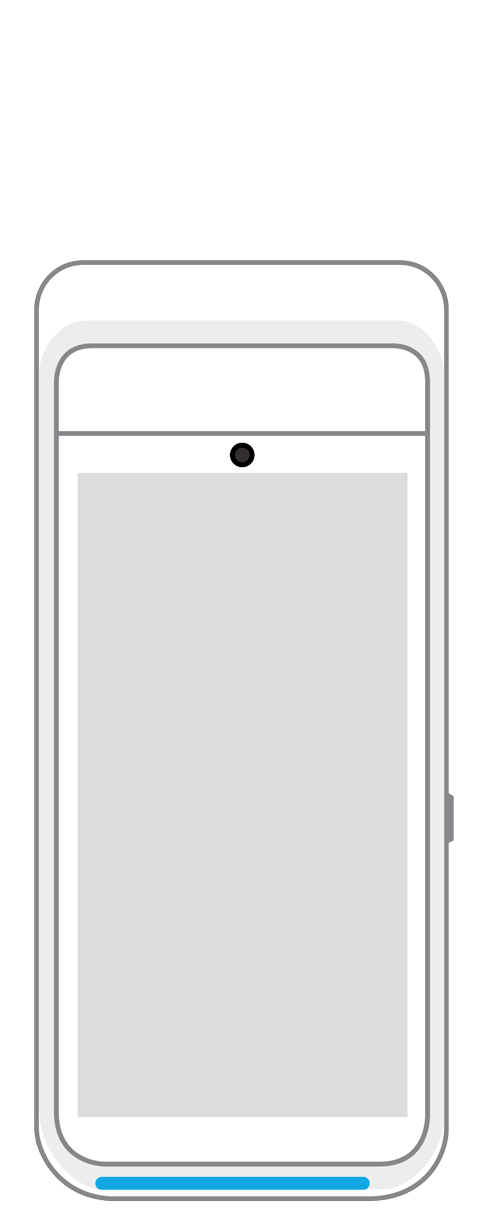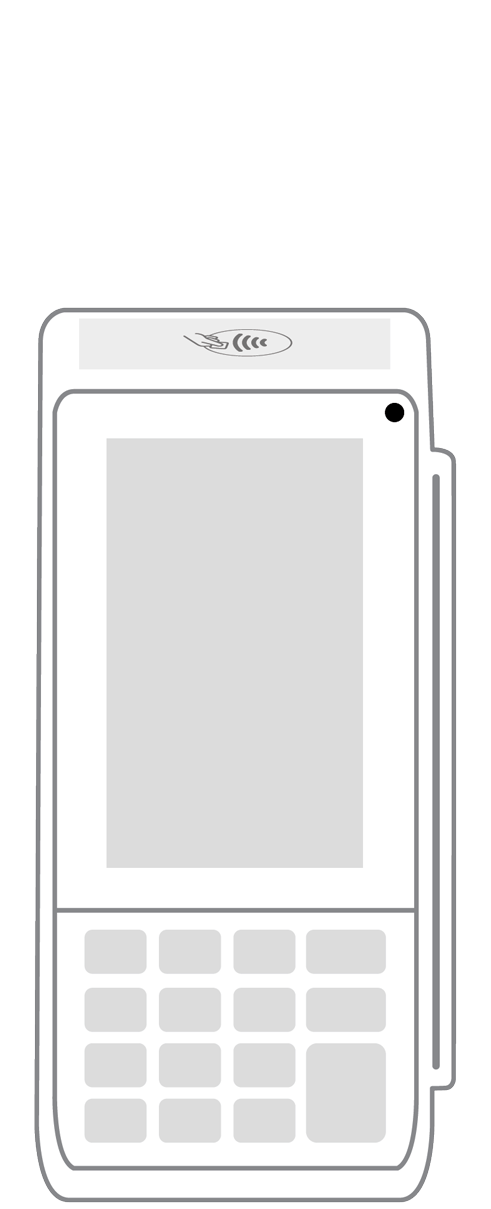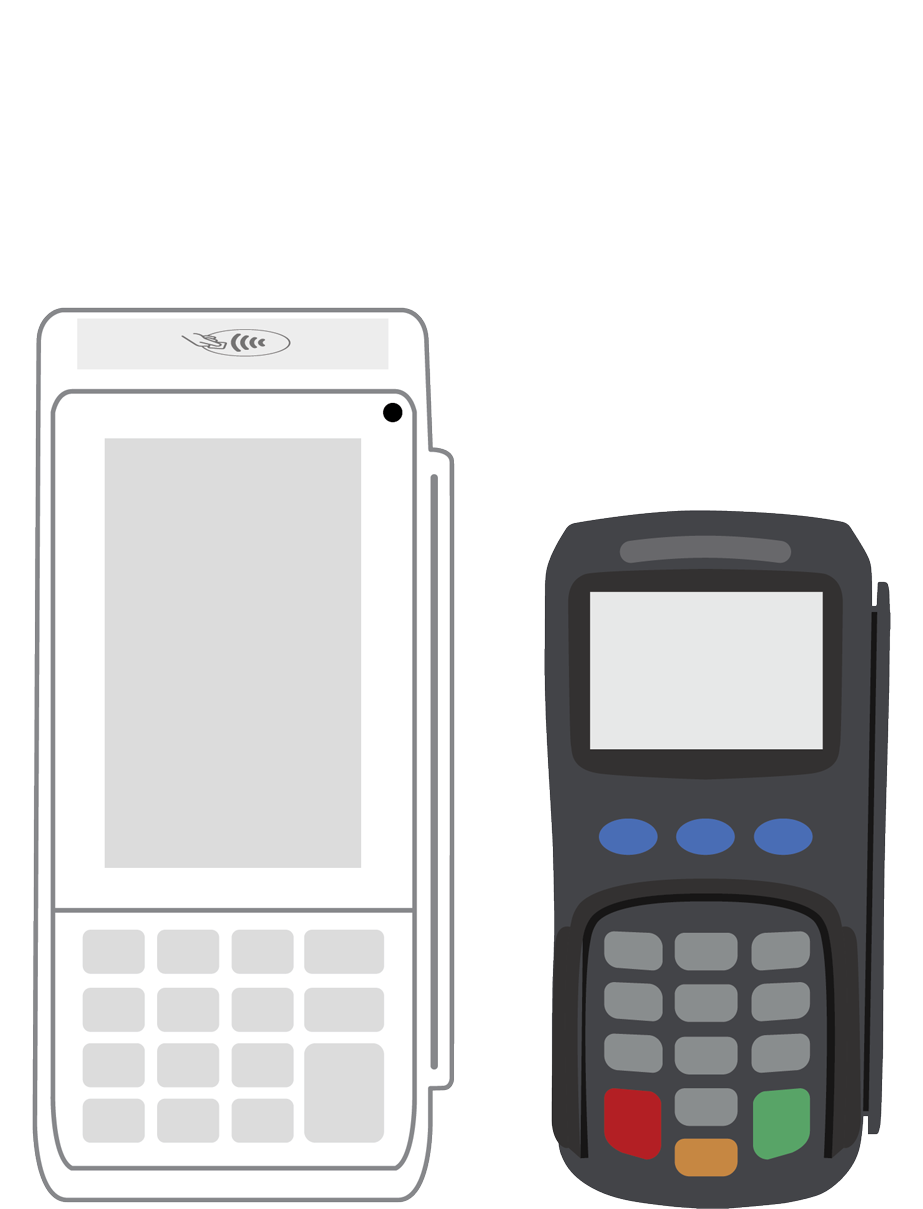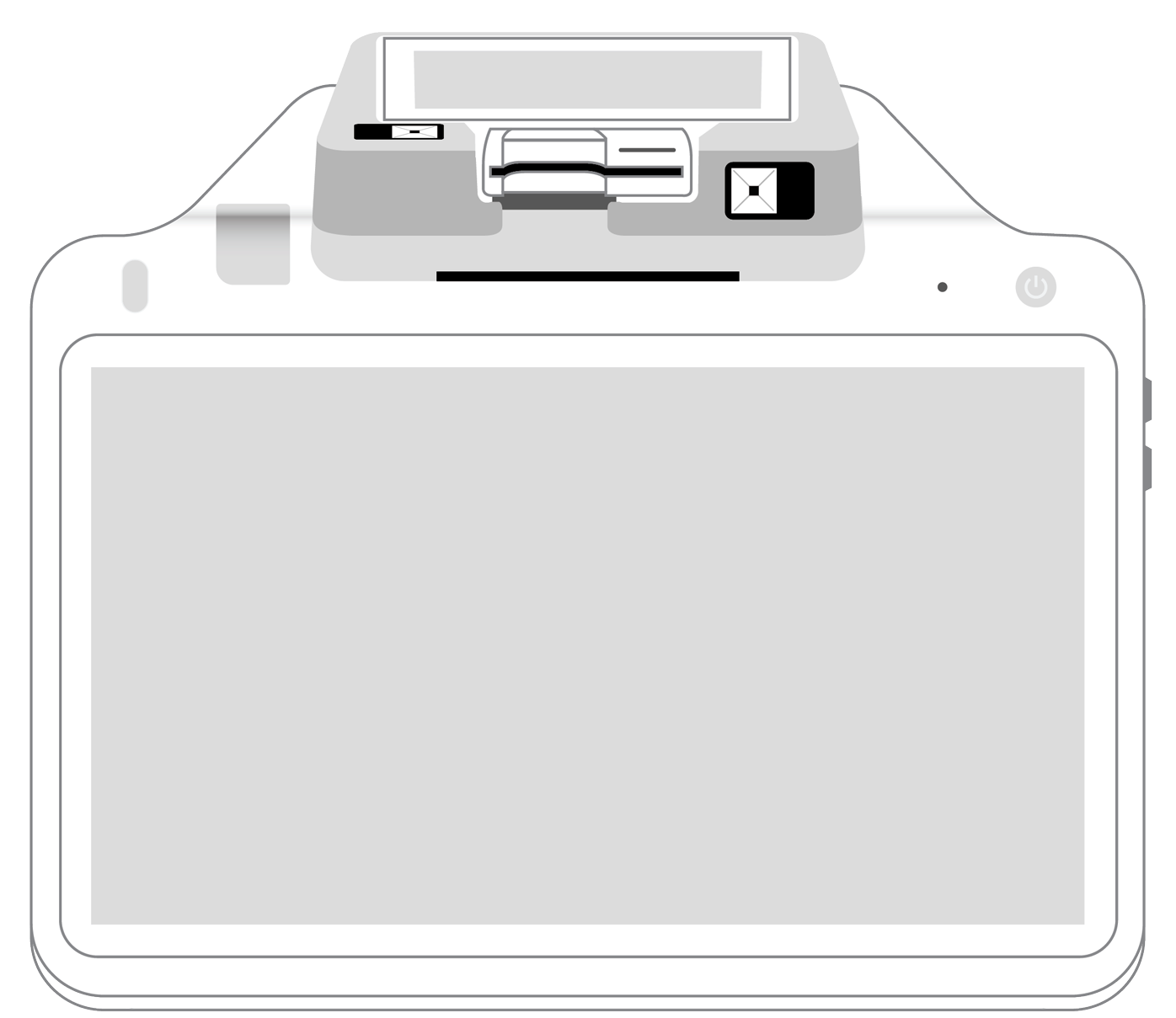5 Biggest contactless payment questions answered.

For the past few years, there has been an increasing amount of buzz about so-called touchless payments. As you contemplate going through the process of incorporating them into your store, you would be wise to do some peremptory research. The best way to start is to get some answers to the most frequently asked questions about this revolutionary way to make a purchase.
1. What are contactless payments?
Before we go any further, let’s make sure we have our terminology straight. The term, “contactless” refers to transactions that require no physical contact between the consumer’s specially equipped device or credit card and the merchant’s contactless card reader. In order for the two to transmit information back and forth, they must be approximately three inches or less away from each other. What makes these transactions possible is radio frequency technology. This works only at close range and is capable of ensuring a high degree of both efficiency and security throughout the process.
2. What are the advantages of contactless payments?
There are several reasons why this revolutionary payment technology can benefit your business.
- Speed and convenience. When customers no longer need to fumble for cash or a credit card, but can instead simply pay by tapping or swiping their smartphone or wearable device, the efficiency of your checkout line is vastly increased. This makes for staff who are less stressed and happier customers. Best of all, the integrity and security of the payment do not suffer.
- Security. Thanks to the certified, point-to-point encryption and tokenization that are built into the contactless payments process, the data that is conveyed back and forth is masked from hackers. The result is a payment mechanism that is safer, faster, and more versatile than cash.
- Attention to customer safety and well-being. The COVID pandemic underscored the increased risk that all of us incur when we touch contaminated surfaces. Touchless payments require absolutely no direct physical interaction between the buyer, the seller, or their respective devices. Offering this as a payment option conveys a message to customers that the merchant has their safety as a high priority.
3. Are signatures always required with contactless payments?
As a consumer, you have probably noticed that you are sometimes, but not always, asked to provide a signature when purchasing with a credit card or smart device. Whether you are or are not required to complete this extra step often depends both on the merchant and the value of the transaction. For most contactless payments under $25, merchants choose to forego the signature. However, you as the seller can configure your system according to your preference. If, for instance, you don’t mind taking on the extra potential risk of chargebacks for higher-value items, you can opt to let the transaction go through without the signature.
4. How much does it cost to upgrade to contactless payments?
There is not one simple answer to this question. What you will be asked to pay depends on your current point of sale (POS) infrastructure as well as the payment technology provider you are working with. In some cases, your existing hardware may have everything you need already built-in, and upgrading is just a matter of contacting the company and instructing them to turn on the system. In other cases, your provider may give you a financial incentive to upgrade, perhaps even providing any necessary hardware at no or little cost.
5. How are contactless payments made secure?
Several mechanisms have been put in place to ensure that touchless payments are at least as safe as other forms of purchase. These include the following.
- Each contactless, chip-enabled credit card and smart device contains its own unique secret “key” that generates a single-use alphanumeric code for each transaction. Even if it is intercepted by hackers, it is unintelligible.
- The card network system implements stringent anti-fraud and other security measures to screen transactions and monitor for any attempt to use the same unique transaction information or key more than once.
- Many systems do not convey the cardholder’s name or account information during the transaction. Furthermore, the card or device never leaves the customer’s possession. This drastically reduces identity theft and means that you as the merchant are less likely to be held liable for security breaches that may occur.
If you accept mobile payments, you are opening the door to greater versatility and flexibility and setting the stage for smoother operations and happier customers. Contactless transactions are an increasingly popular part of this ecosystem that can raise the profile of your retail business. Talk to your payment services provider about how you can update your systems and elevate the checkout process for you and your shoppers.
 3-in-1 Reader |  Terminal |  Keypad |  PINPad Pro |  Flex |  POS+ | |
|---|---|---|---|---|---|---|
Payment types | ||||||
EMV chip card payments (dip) | ||||||
Contactless payments (tap) | ||||||
Magstripe payments (swipe) | ||||||
PIN debit + EBT | ||||||
Device features | ||||||
Built-in barcode scanner | ||||||
Built-in receipt printer | ||||||
Customer-facing second screen | ||||||
External pinpad | ||||||
Wireless use | ||||||
Network | ||||||
Ethernet connectivity | With dock | |||||
Wifi connectivity | ||||||
4G connectivity | ||||||
Pricing | ||||||
Free Placement | ||||||